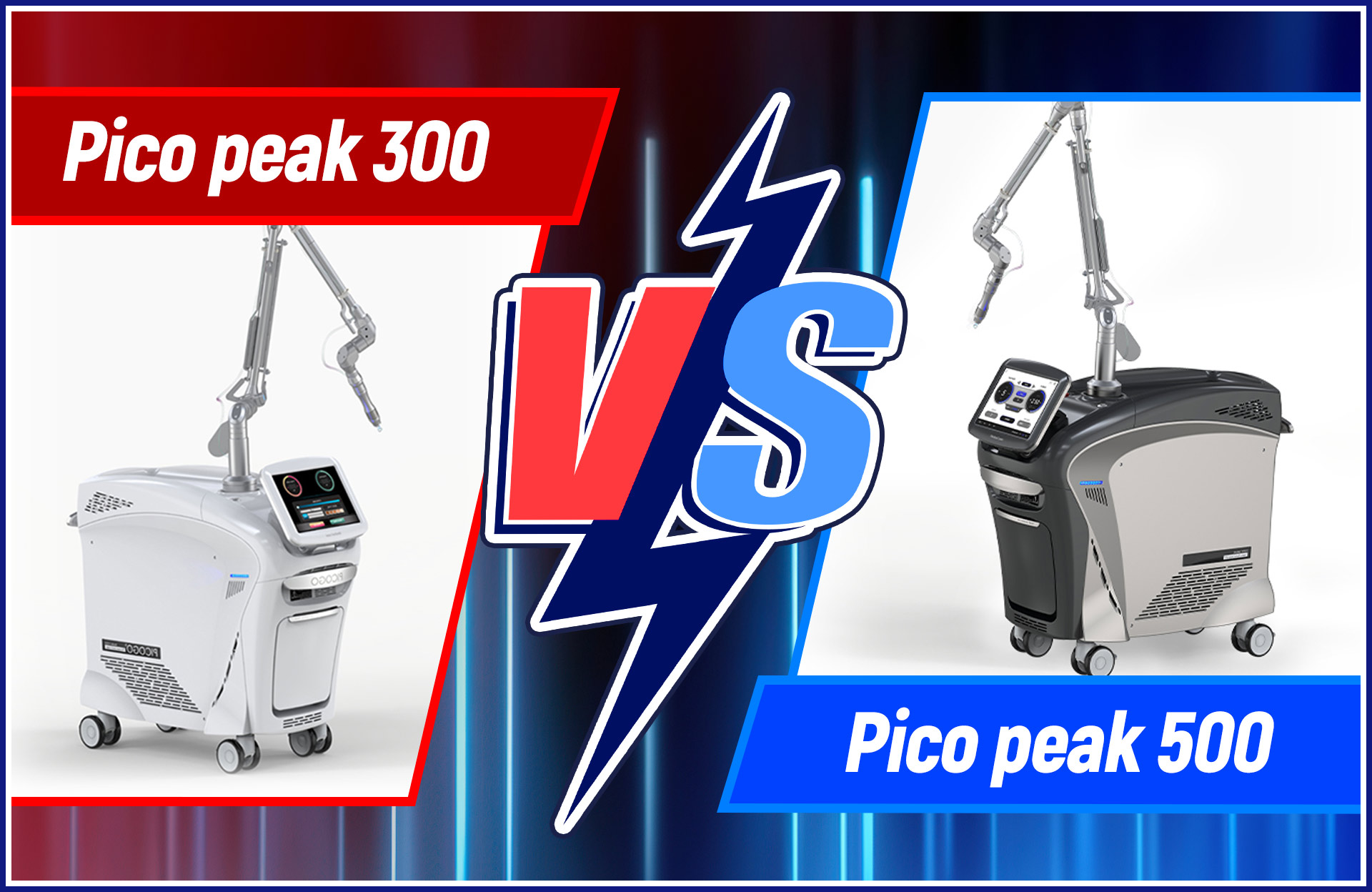Ultrasonic cleaning is based on cavitation, i.e. the rapid formation and implosion of countless bubbles in the cleaning liquid. The resulting shock removes the dirt from the inner and outer surfaces of the workpiece immersed in the cleaning solution. As the ultrasonic frequency of the ultrasonic cavitation machine increases, the number of bubbles increases and the impact becomes weaker. Therefore, high-frequency ultrasound is particularly suitable for cleaning small dirt particles without damaging the surface of the workpiece.
Cavitation Effect of Ultrasonic Cavitation Machine: The cavitation effect of an ultrasonic cavitation machine is that ultrasonic waves are transmitted to the liquid in a high-frequency conversion method of compressive force and depressurizing interaction of more than 20,000 times per second. When the pressure is reduced, the vacuum core group bubbles are generated in the liquid. When the compression force is applied, the vacuum core group bubbles produce a strong impact force when they are crushed by pressure, thereby peeling off the dirt on the surface of the cleaned object to achieve the precision purpose of cleaning.
Ultrasonic cleaning methods are more than conventional cleaning methods, especially if the surface of the workpiece is more complicated, such as some uneven surfaces, mechanical parts with blind holes, and some products that are particularly small and require high cleanliness (such as watches and clocks) And precision mechanical parts, electronic components, circuit board components, etc.), the use of ultrasonic cleaning can achieve very ideal results. The principle of ultrasonic cleaning is that the high-frequency oscillation signal sent by the ultrasonic generator is converted into a high-frequency mechanical oscillation by the transducer of the ultrasonic cavitation machine and then propagated to the medium - the cleaning solvent. The ultrasonic wave moves forward at the same density and velocity in the cleaning liquid. The radiation causes the liquid to flow, producing tens of thousands of tiny bubbles. These bubbles form and grow in the negative pressure zone where the ultrasonic wave propagates longitudinally, and rapidly close to the positive pressure zone. In this process, known as the "cavitation" effect, the closure of the bubbles can create an instantaneous high pressure in excess of 1000 atmospheres. The continuous generation of instantaneous high pressure is like a series of small "explosions" continuously hitting the surface of the object, making the surface of the object and The dirt in the gap is quickly peeled off, so as to achieve the purpose of surface cleaning.

 Mastering HIFU: Step-by-Step Operating Guide and Real-Life Demonstrations
Mastering HIFU: Step-by-Step Operating Guide and Real-Life Demonstrations
 Understanding the Differences Between Picospeak 300 and 500 in One Article
Understanding the Differences Between Picospeak 300 and 500 in One Article
 Russian Agents Experience Warm Welcome and Cutting-Edge Beauty Instrument Exports at SEA HEART GROUP
Russian Agents Experience Warm Welcome and Cutting-Edge Beauty Instrument Exports at SEA HEART GROUP
 FaceSculpt EMS Machine: Skin Tightening & Wrinkle Reduction
FaceSculpt EMS Machine: Skin Tightening & Wrinkle Reduction